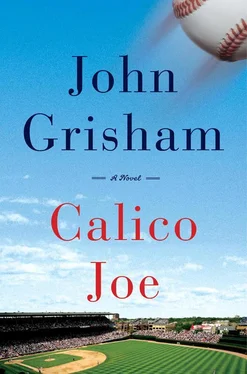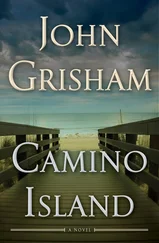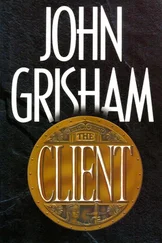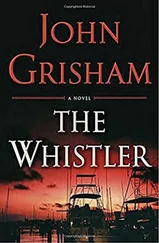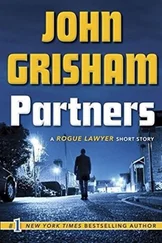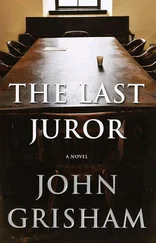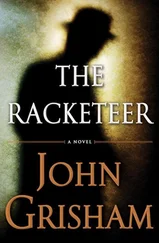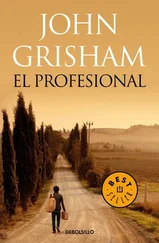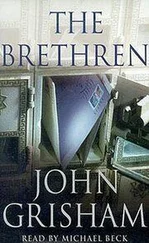“Great balance; he stays back, incredible bat speed.”
Poor Ron Santo was overshadowed by his rookie teammate who, at that moment, was eating his aunt Rachel’s homemade strawberry ice cream in Calico Rock, Arkansas, and oblivious to the game.
* * *
When play resumed on July 26, the Cubs opened a four-game series in Cincinnati against the Big Red Machine, the most dominant team of the 1970s. With a lineup that included Pete Rose, Johnny Bench, Joe Morgan, and Tony Perez, the Reds narrowly lost the 1972 World Series in seven games to the A’s, then won it all in 1975 and 1976.
They were leading the Dodgers by two games in the National League West. As usual, a large crowd was on hand, and most were curious to see if the bat of Joe Castle had cooled off during the All-Star break.
It had not. Joe hit a solo home run in his first at bat and barely missed another one in the fourth inning. He was three for four in game one; two for five in game two; two for four in game three; and one for three in game four. The teams split the series, and the Reds would go on to win ninety-nine games and take the National League West. For the series, Joe went eight for sixteen, and his average dropped to .661.
Another obscure record was suddenly in sight. In 1941, a Red rookie by the name of Chuck Aleno made a dazzling debut by hitting safely in his first seventeen games, a modern-day record that stood until 1973. Aleno cooled off considerably and left baseball three years later after playing in only 118 games and hitting .209. The experts, of course, were still predicting such a collapse for Joe Castle.
Joe’s sixteenth game was in Pittsburgh, and he got things started in the top of the first with a stand-up triple. The crowd, and the Cubs were drawing well on the road, applauded politely. Pirates fans had been spoiled with the likes of Roberto Clemente, Willie Stargell, and Al Oliver, and they knew their baseball. They were watching history, and though they wanted a win, they were also pulling for this new kid. The second game went fourteen innings; Joe got five hits in seven at bats. He tied Aleno’s record with a home run in his seventeenth game, then broke it with two doubles in his eighteenth.
When the Cubs left Pittsburgh for a three-game series in Montreal, Joe had played in nineteen games, had hit safely in each, and was sporting a gaudy batting average of .601, with fourteen home runs and seventeen stolen bases. Records were still falling; baseball had never seen such a furious start by a rookie.
The Cubs were the hottest team in baseball and led the Pirates in the East by six games.
* * *
The August 6 issue of Sports Illustrated had on its cover the smiling face of Joe Castle. The photo was shot from the waist up. A baseball bat ran the length of his broad shoulders, and he held both ends tightly with his hands. His biceps were sufficiently flexed—it was the look of raw power. The bold caption above his head read: “Calico Joe.” And below his chest—“The Phenom.”
The writer spent time in Calico Rock. He interviewed Joe’s family, friends, and former coaches and teammates. The article was thorough, fair, and balanced and provided the first in-depth look at Joe’s background. A valuable source was Clarence Rook, sports editor of the Calico Rock Record and unofficial baseball historian for Izard County, Arkansas.
9

Mr. Clarence Rook asks me to leave the newspaper’s offices on Main Street, and I do so. I have two scoops of vanilla at an ice cream shop two doors down and listen to some casual town gossip as I watch the languid foot traffic on the sidewalk. After killing an hour, I drive three blocks west and higher up the bluff to a house at 130 South Street where Mr. Rook has lived for the past forty-one years. He is waiting, standing on the front porch, already in his drinking clothes.
The house is a rambling old Victorian, with wide, sweeping covered porches, high arching windows, painted gables, all different colors, the most dominant being a soft pastel maize. The small lawn and flower beds are as neat and colorful as the house.
“A beautiful place,” I say as I walk through the swinging gate of a white picket fence.
“It’s a hand-me-down. My wife’s family. Welcome.”
He is wearing a white linen shirt with a tail that falls almost to his knees, a pair of bulky white britches that bunch around his bare ankles, and a pair of well-worn and scuffed espadrilles. He is holding a tall, slender beverage glass with a straw in his right hand, and with his left he waves at the side porch and says, “Follow me. Fay’s back there somewhere.” I follow him over the creaking boards and under the whirling ceiling fans. The porch is crowded with white wicker furniture—rockers, stools, drink tables, a long swing covered with pillows.
Fay is Ms. Rook, a spry little woman with white hair and a pair of large, round, orange-rimmed glasses. She welcomes me profusely, grabbing my hand with both of hers, as if she has not had a guest in years. “From Santa Fe?” she says. “I love Santa Fe, the home of the most fascinating woman I wish I could have met.”
“And that would be?”
“Why Georgia O’Keeffe, of course.”
“Fay is an artist,” Mr. Rook adds, though this is becoming obvious. We are on the back porch by now, high above the White River in the distance, and I have unknowingly entered the studio of a serious painter. Stacks of easels, racks of perfectly organized paint bottles, boxes of brushes of all sizes and shapes. A few samples of her work reveal an impressionist fascination with flowers and landscapes.
“Would you like something to drink?” Mr. Rook asks as he steps to a small bar.
“Sure.”
“The house drink is lemon gin,” he says as he pours a yellow mix from a pitcher into a glass filled with ice. I have never heard of lemon gin, but it is apparent I will not be given a choice of cocktails.
“That stuff is dreadful,” Ms. Rook says, rolling her eyes as if the old boy might have a problem. He thrusts the glass at me and says, “It’s not real lemon gin, which I’m told is real gin flavored with lemon, which sounds awful, but this is more of a lemonade with a bit of Gordon’s thrown in to spice it up. Cheers.”
We tap glasses, and I take a sip. Not bad. We shuffle to the side porch and find seats amid the wicker. Ms. Rook is a study in bright colors. Her white hair has a streak of purple above the left ear. Her toenails are painted pink. Her cotton drip-dry dress is a collage of reds and blues. “You must stay for dinner,” she says. “We eat from the garden, everything is fresh. No meats. Is that okay?”
There was no way to offer a polite no, and besides, I have already realized that a good restaurant might be hard to find in Calico Rock. Nor have I seen a motel.
“If you insist,” I say, and this seems to thrill her beyond words.
“I’ll go pick the squash,” she says, bouncing to her feet and hurrying away.
We sip our drinks and talk about the heat and humidity but soon find our way back to more important matters. He begins, “You have to understand, Paul, that the Castles are very protective of Joe. If you met him, let’s say randomly, out there on the street, for example, though that would never happen because Joe is seldom seen around town, but, anyway, if you bumped into him and tried to say hello, he would simply walk away. I can’t imagine Joe chatting with a stranger. It just doesn’t happen. Over the years, we’ve had the occasional journalist show up looking for a story. There were a couple of pieces written a long time ago, and they said things that weren’t nice.”
Читать дальше
